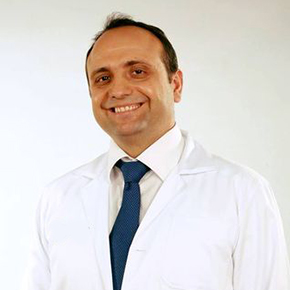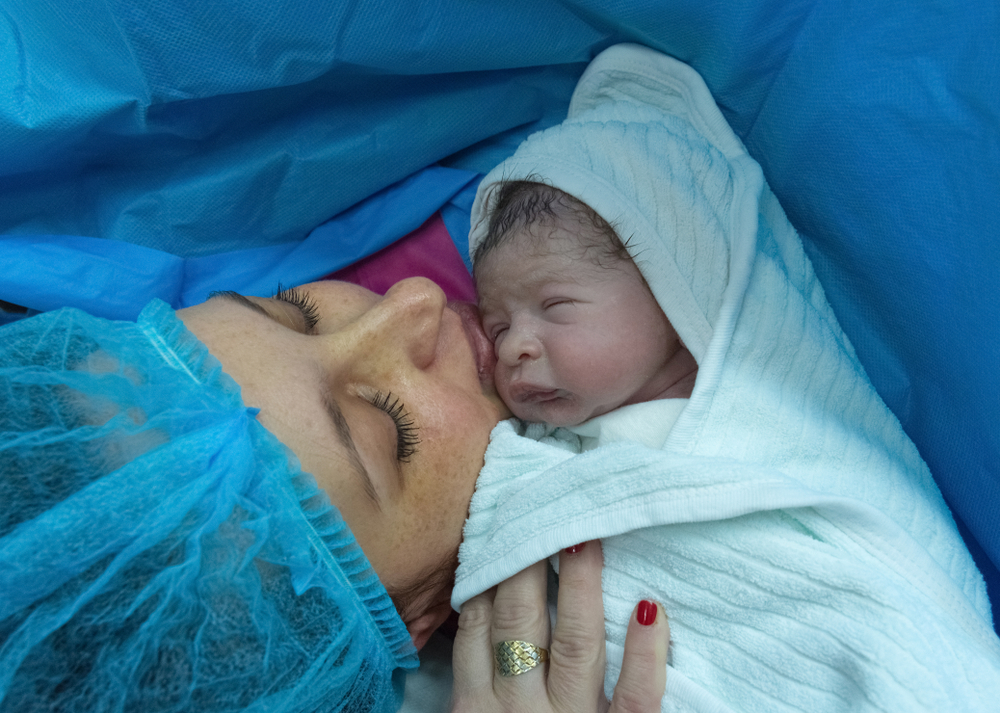Women’s Health
Polycystic Ovarian Syndrome: Diagnosis and Treatment

Having a hard time losing weight? Irregular or too abundant period? Noticing some abnormal facial hair growing? Although this might seem like everyday minor annoyances, this could also be the indication of a hormonal disorder: the Polycystic Ovarian Syndrome.
What is polycystic ovary syndrome?
Polycystic ovary syndrome(PCOS) is a common disorder affecting women of reproductive age. For most women, it starts immediately after their first periods (menarche). However, some ladies might start showing symptoms in their early twenties or even later -usually following an excessive weight gain.
Causes and Symptoms
Causes of PCOS are still unknown but excess insulin in women's bodies can play a role in developing the disease. Therefore, patients with PCOS are also at risk of diabetes (type II DM). PCOS runs in some families and certain ethnicities more than others.
Arabs tend to be more likely to develop PCOS. Variable symptoms can appear:
-
Infrequent menstruation:
women with PCOS can sometimes go for months without having their period -
Abnormal uterine bleeding:
periods might also be prolonged and heavy at times -
Reduced fertility
-
Excess growth of hair
especially on the face, chest, abdomen, and back -
Acne
-
Male pattern baldness
(mainly head)
How do you detect PCOS?
Diagnosis of PCOS usually works as exclusion. This means your doctor will consider all signs, symptoms and hormonal changes to rule out other possible disorders. An ultrasound exam might reveal enlarged ovaries that contain small collections of fluid — called follicles — in each ovary.
How to treat it?
Treatment usually consists of lowering the patient symptoms and complaints. The first step is usually to lose weight and exercise. This will improve the most complaints. However, women with PCOS find it harder to lose weight. The second step concerns women seeking to have children. They are usually given ovulation induction medicine to help them conceive. When abnormal uterine bleeding occurs, hormonal treatment is introduced to regulate periods For women who notice an excess growth of hair (hirsutism) or male pattern baldness, anti-androgen medicine will be provided used to reduce the symptoms. Watch out for the mentioned syndromes and make sure to get yourself checked out by a professional.














